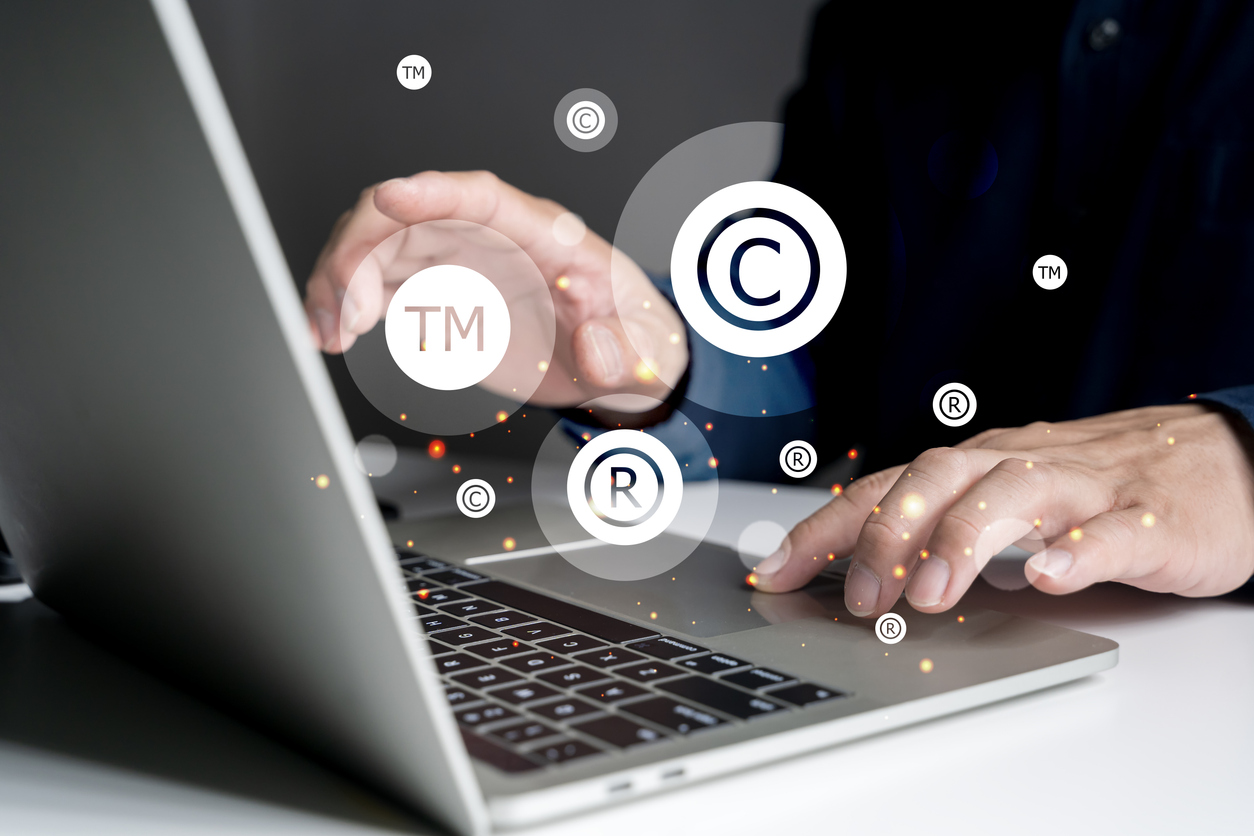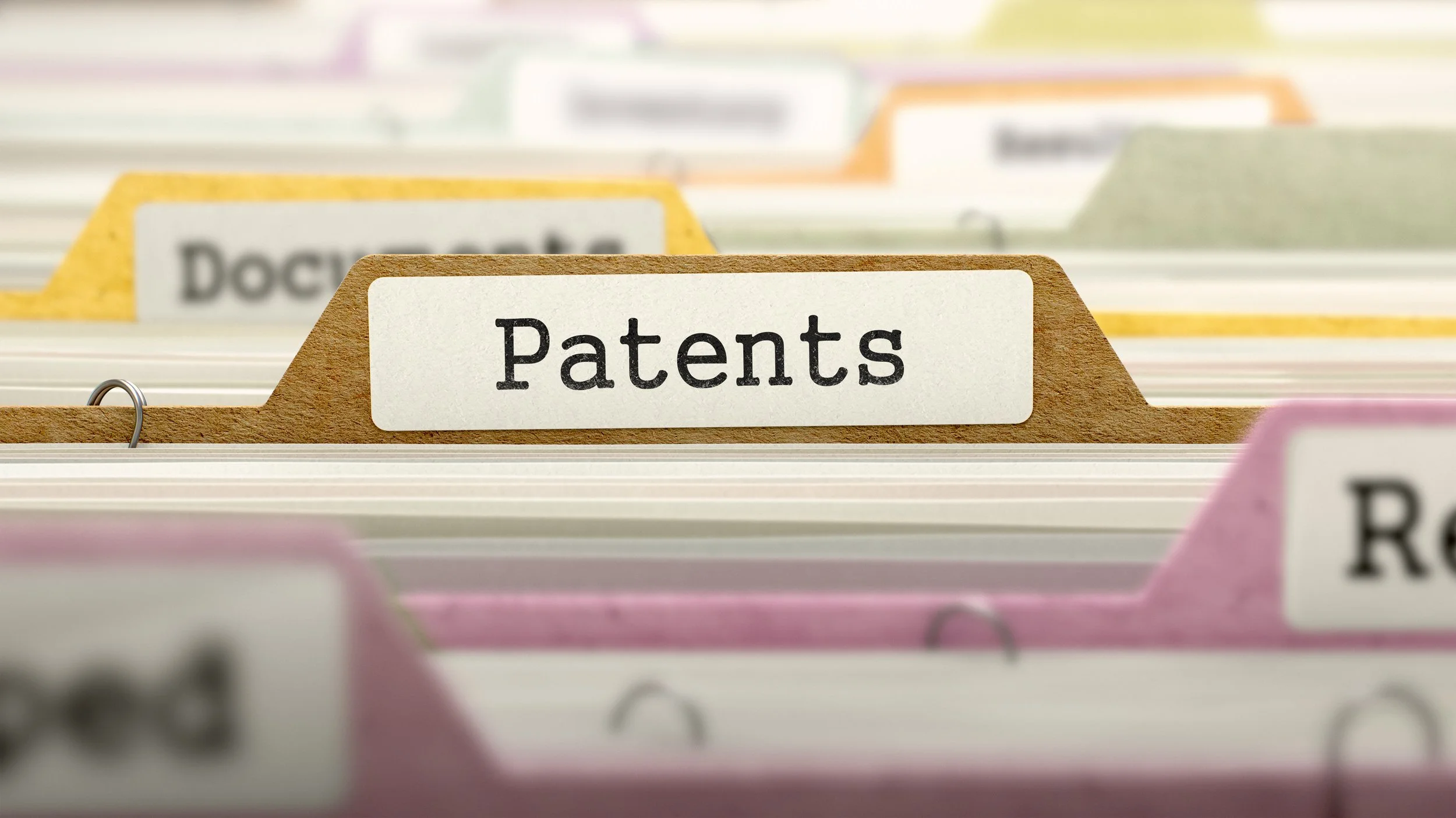Patent translation is a specialized service that demands profound knowledge and expertise in the relevant field to ensure accuracy, fluency, and legal compliance. Artlangs Translation specializes in delivering high-quality patent translation services tailored to clients' needs. In the patent translation market, two common pricing models are per-word pricing and per-page pricing, each with its own advantages and disadvantages.
Per-Word Pricing
Advantages:
1.Fair and Precise: Per-word pricing calculates costs based on the actual word count of the patent document, making it equitable for lengthy and complex patents. Since word counts vary significantly across patents, this method accurately reflects the translator's workload. For example, a complex chemical patent spanning tens of thousands of words will naturally cost more than a simple mechanical patent with only a few thousand words.
2.Flexible Cost Control: Clients can adjust translation content according to their budget and requirements. If only critical sections (e.g., claims) need translation, clients pay solely for the translated words, avoiding unnecessary expenses. This approach empowers clients to manage costs effectively.
3.Transparent Comparison: Per-word rates are standardized, enabling clients to compare pricing among translation providers more straightforwardly. While rates may vary, clients can select a provider that best balances quality and cost based on their needs.
Disadvantages:
1.Complex Word Counting: Accurate word counting requires specialized tools, and discrepancies may arise between different counters. Patents with numerous charts, formulas, or non-textual elements can complicate counting, leading to disputes over fees.
2.Ignores Formatting Complexity: Per-word pricing focuses solely on text volume, overlooking the impact of formatting (e.g., complex layouts, tables) on translation effort. Translators may spend extra time adjusting formats, which isn't fully compensated under this model.
Per-Page Pricing
Advantages:
1.Simple and Straightforward: Per-page pricing is easy to estimate, especially for short patents. Clients can quickly gauge costs without detailed word counts. For instance, a brief design patent with just a few pages can be priced promptly, saving time and effort.
2.Accounts for Formatting: This model implicitly factors in formatting challenges, as page layouts and structures influence translation difficulty. Complex formatting justifies higher per-page fees, ensuring translators are adequately compensated.
3.Encourages Efficiency: For translation providers, per-page pricing incentivizes productivity. By optimizing workflows, translators can increase output per page, boosting earnings.
Disadvantages:
1.Potential Inequity: Per-page pricing may lead to unfairness. Pages with dense, technical content require more effort than simpler pages, yet both are priced equally. This could underpay translators for complex work or overcharge clients for simple pages.
2.Cost Control Challenges: Clients may struggle to manage costs under per-page pricing. Even if some pages are less content-heavy, they still incur full-page fees, limiting flexibility to reduce costs by selecting specific sections for translation.
Why Choose Artlangs Translation?
Certified by the Translators Association of China (TAC)
American Translators Association (ATA) Accreditation
ISO 9001: Quality Management System Certification
ISO 27001: Information Security Management Certification
ISO 13485: Medical Device Translation Certification











